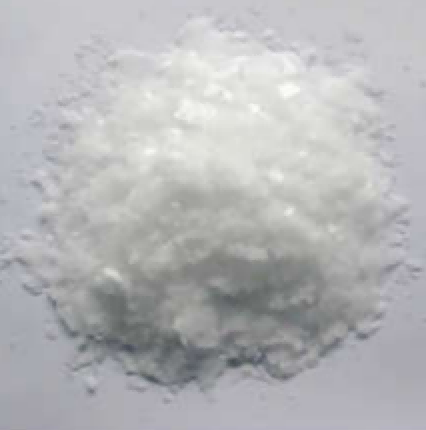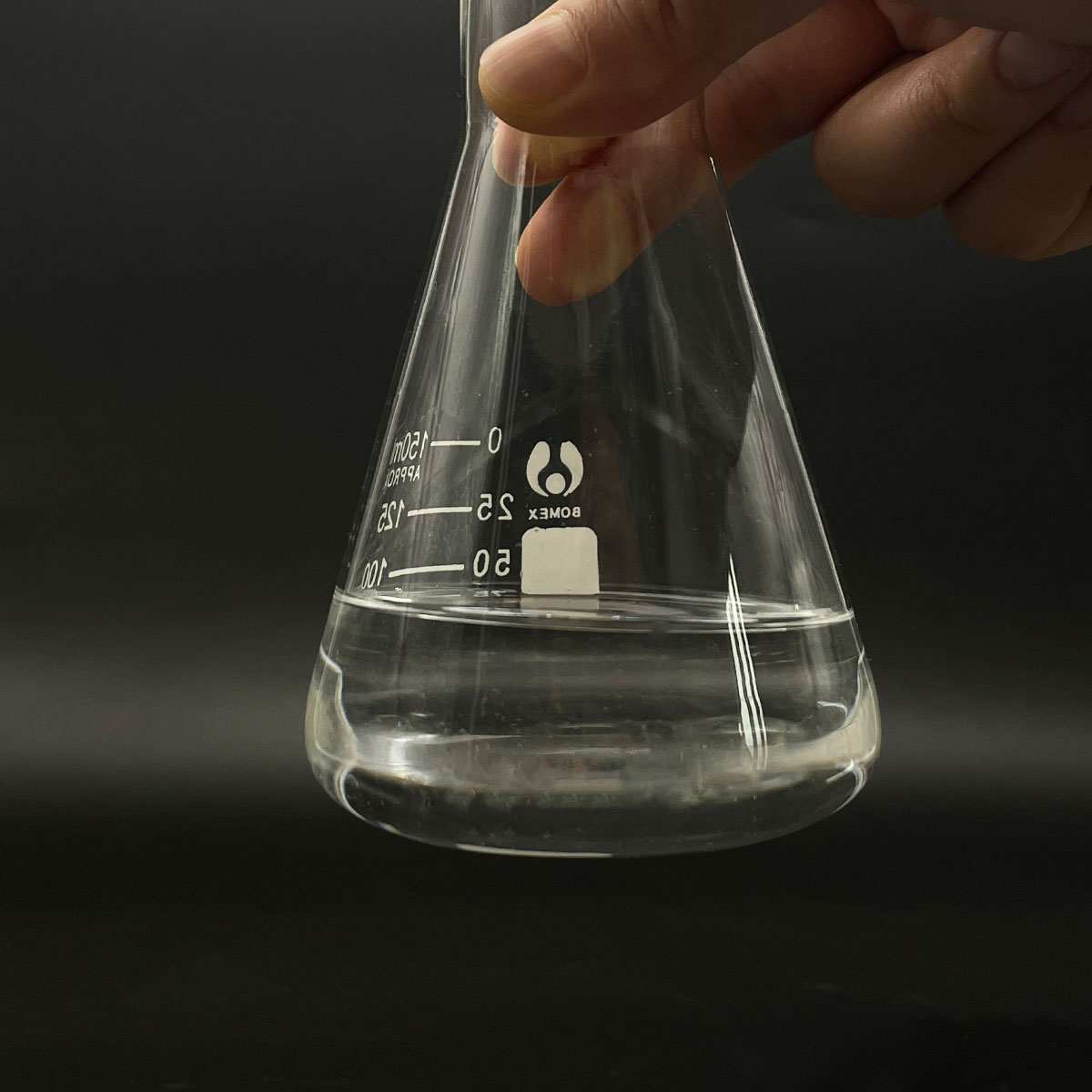1. Introduction
Just 24 hours ago, a major cosmetics brand announced it’s reformulating dozens of shampoos and body washes to replace sodium lauryl sulfate with gentler alternatives like decyl glucoside and sodium cocoyl glutamate—citing growing consumer demand for sulfate-free and bio surfactants. This move reflects a broader shift in the $500 billion global personal care market toward milder, more sustainable ingredients.

If you’ve ever wondered why your toothpaste foams so vigorously or why some shampoos leave your scalp feeling tight, the answer often lies in one ingredient: sodium lauryl sulfate. But what exactly is it—and should you avoid it? Let’s break it down.
2. What Is Sodium Lauryl Sulfate?
Sodium lauryl sulfate (SLS), also known as sodium dodecyl sulfate or natrium lauryl sulfate, is a synthetic anionic surfactant. The term ‘surfactant’—short for ‘surface-active agent’—refers to compounds that lower surface tension between liquids or between a liquid and a solid. This property allows surfactants to lift dirt, oil, and grime, making them essential in cleaning products.
SLS is derived from lauryl alcohol (often sourced from coconut or palm kernel oil) and sulfuric acid, followed by neutralization with sodium hydroxide. Despite its natural origins, the final compound is highly processed.
3. How Does SLS Work?
As an anionic surfactant, SLS carries a negative charge in water. This lets it bind to oily substances (which are nonpolar) while its hydrophilic head remains in water—effectively emulsifying grease so it can be rinsed away.
This action also creates rich lather, which consumers associate with cleanliness—even though foam doesn’t equal cleaning power. That’s why SLS appears in everything from toothpaste to laundry detergent.
4. SLS vs. Similar Surfactants
People often confuse SLS with sodium laureth sulfate (also called sodium lauryl ether sulfate or sodium lauryl ether sulphate). While both are anionic surfactants, SLES is ethoxylated—meaning it’s treated with ethylene oxide—which makes it milder but raises concerns about potential 1,4-dioxane contamination.

Other common alternatives include:
- Cocamidopropyl betaine (also labeled as coco betaine, amidopropyl betaine, or cocamido): an amphoteric surfactant that’s gentler and often used to reduce irritation from SLS.
- Sodium cocoyl isethionate and sodium lauroyl sarcosinate: mild anionic surfactants found in ‘syndet’ bars.
- Decyl glucoside and coco glucoside: non-ionic surfactants derived from sugar and coconut oil, classified as bio surfactants.
- Alkyl polyglucoside: another plant-based, non ionic surfactant used in eco-friendly formulations.
Unlike cationic surfactants like cetyl trimethyl ammonium bromide (CTAB) or cetyltrimethylammonium bromide—which carry a positive charge and are used in conditioners—SLS is purely cleansing, not conditioning.
5. Where Is SLS Used Beyond Personal Care?
While most known in shampoos and soaps, SLS also serves as a surfactant for herbicides and weed killers. In agriculture, it acts as a lawn wetting agent or wetting agent for grass, helping active ingredients stick to and penetrate waxy plant leaves.
Industrial applications include use in:
- Polysorbate 80 and Span80 (sorbitan monooleate) as emulsifiers.
- Pluronic 127 and Poloxamer 188 in pharmaceutical formulations.
- Sodium dodecylbenzene sulfonate in heavy-duty detergents.
- Lignin sulfonate in concrete and drilling fluids.
Interestingly, methylated seed oil is often paired with SLS in agricultural surfactants to boost efficacy.

6. Safety and Controversy
SLS is approved by the FDA and EU for use in cosmetics at concentrations typically below 1–2%. However, it’s known to cause skin and eye irritation, especially in people with sensitive skin or conditions like eczema.
Contrary to viral claims, SLS is not carcinogenic. Reputable bodies like the American Cancer Society confirm there’s no evidence linking it to cancer. That said, many brands now offer ‘SLS-free’ or ‘sls sodium lauryl sulfate-free’ options using alternatives like sodium coco sulfate (sometimes labeled as coco sodium sulfate).
Note: ‘SLS sodium laureth sulfate’ is a misnomer—SLS and SLES are distinct compounds. Similarly, terms like ‘sls sulfate’ or ‘sulfate laureth’ often confuse consumers.
7. Buying and Sourcing
For manufacturers or DIY formulators, sodium lauryl sulfate for sale is widely available from chemical suppliers. Companies like Rohit Surfactants Private Limited specialize in surfactants including lauryl sulfate, ammonium lauryl sulfate (also called ammonium dodecyl sulfate or ammonium lauryl sulphate), and sodium lauroyl methyl isethionate.
When sourcing, check for purity and whether the product is intended for cosmetic, industrial, or agricultural use—specifications vary widely.
8. The Rise of Bio and Non-Ionic Surfactants
Driven by sustainability, the market is shifting toward bio surfactants like sodium oleate, sodium deoxycholate, and fluoro surfactants for niche applications. Nonionic surfactants such as ethoxylated alcohol and polysorbates are also gaining traction due to their low irritation potential.
Even in labs, researchers are exploring copper 1 bromide and dodecyl alcohol derivatives for specialized surfactant systems.
9. Conclusion
Sodium lauryl sulfate remains one of the most effective and inexpensive anionic surfactants available. While it’s safe for most people in rinse-off products, those with sensitive skin may prefer alternatives like cocamidopropyl betaine, decyl glucoside, or sodium cocoyl glutamate. As the industry evolves, expect to see more blends of anionic, cationic, amphoteric, and non-ionic surfactants working together for better performance and gentleness.
Our Website founded on October 17, 2012, is a high-tech enterprise committed to the research and development, production, processing, sales and technical services of ceramic relative materials such as What. Our products includes but not limited to Boron Carbide Ceramic Products, Boron Nitride Ceramic Products, Silicon Carbide Ceramic Products, Silicon Nitride Ceramic Products, Zirconium Dioxide Ceramic Products, etc. If you are interested, please feel free to contact us.


